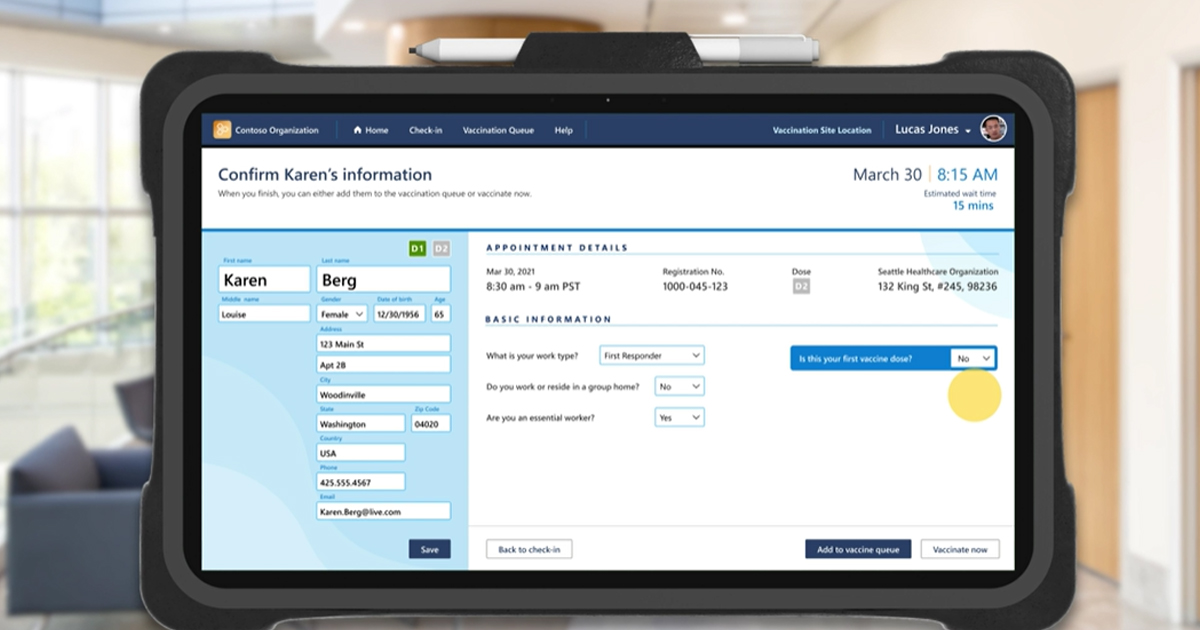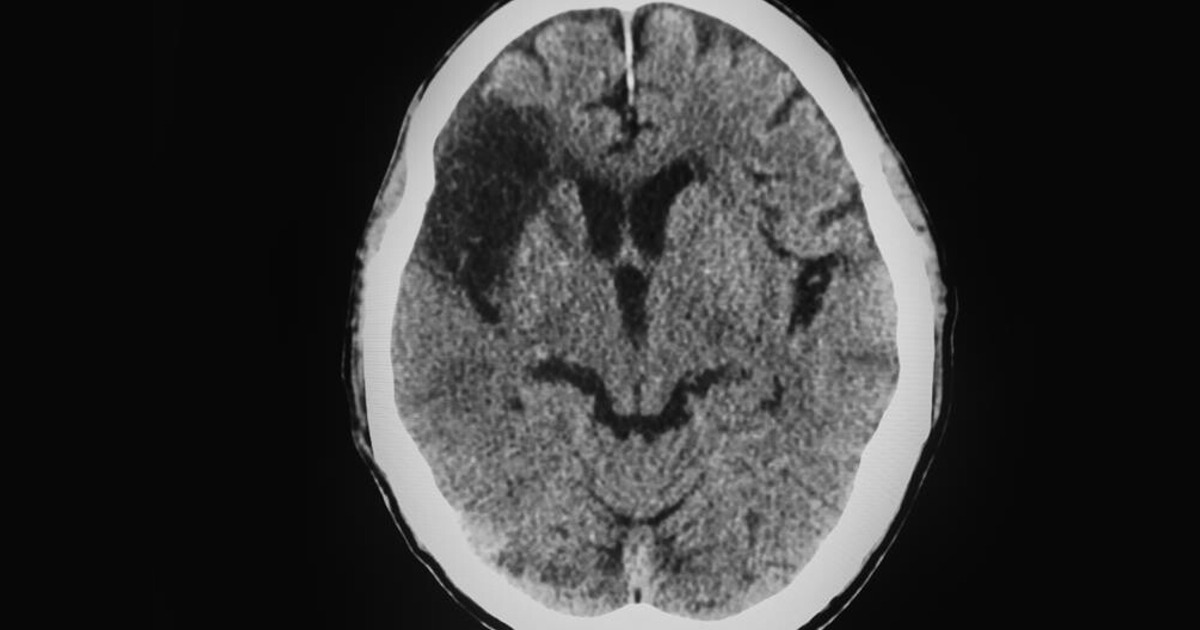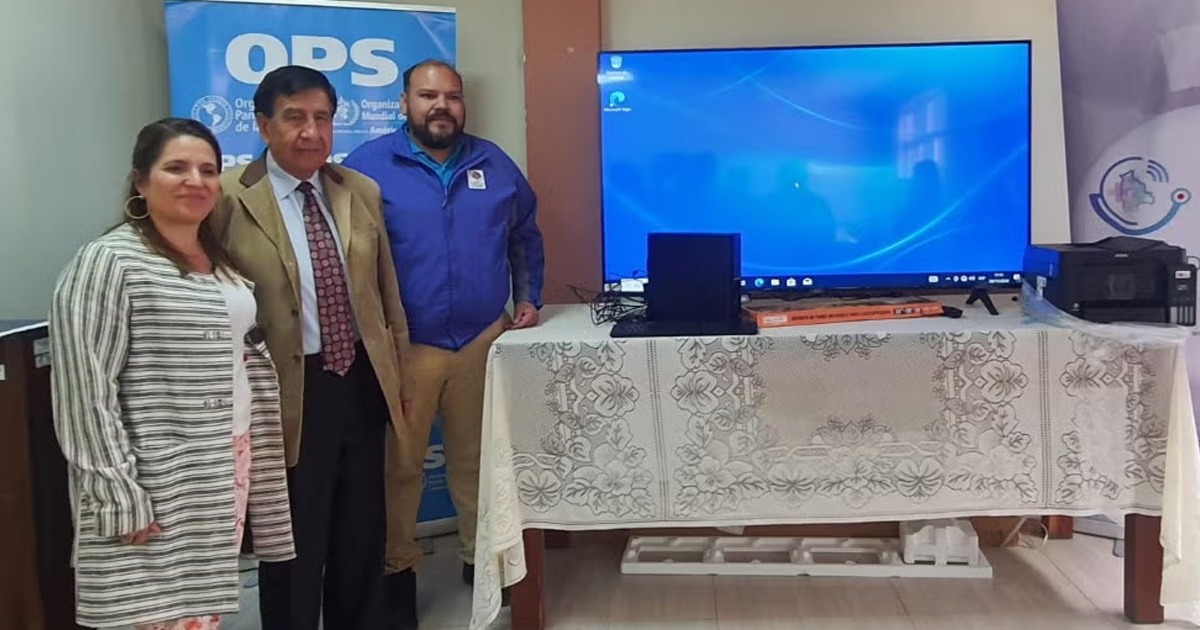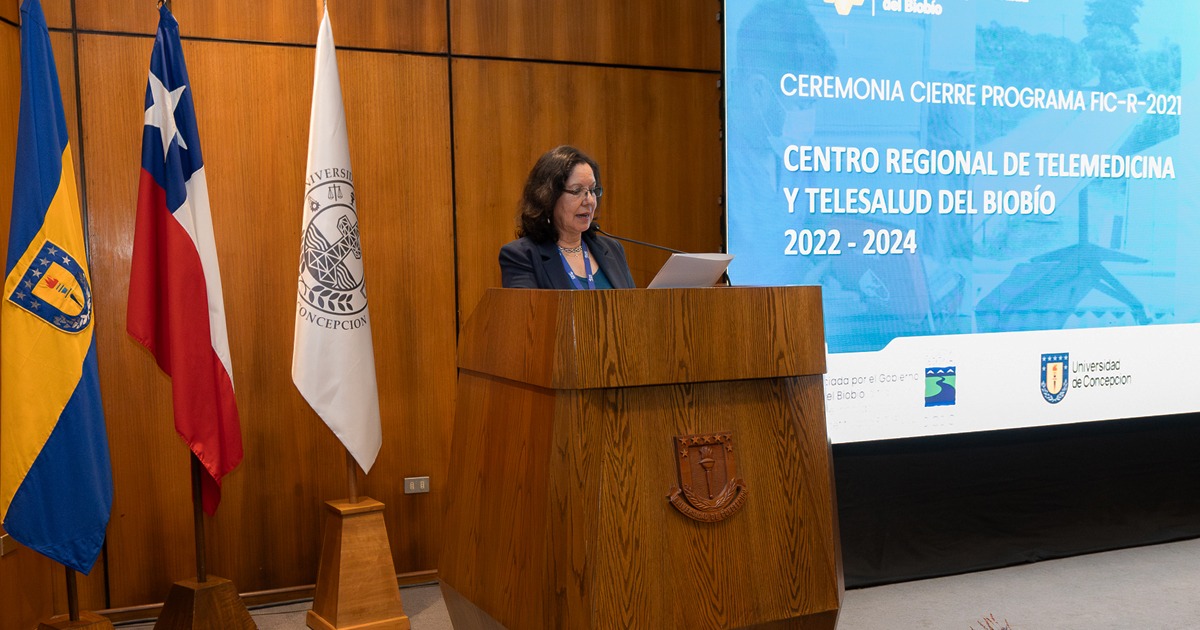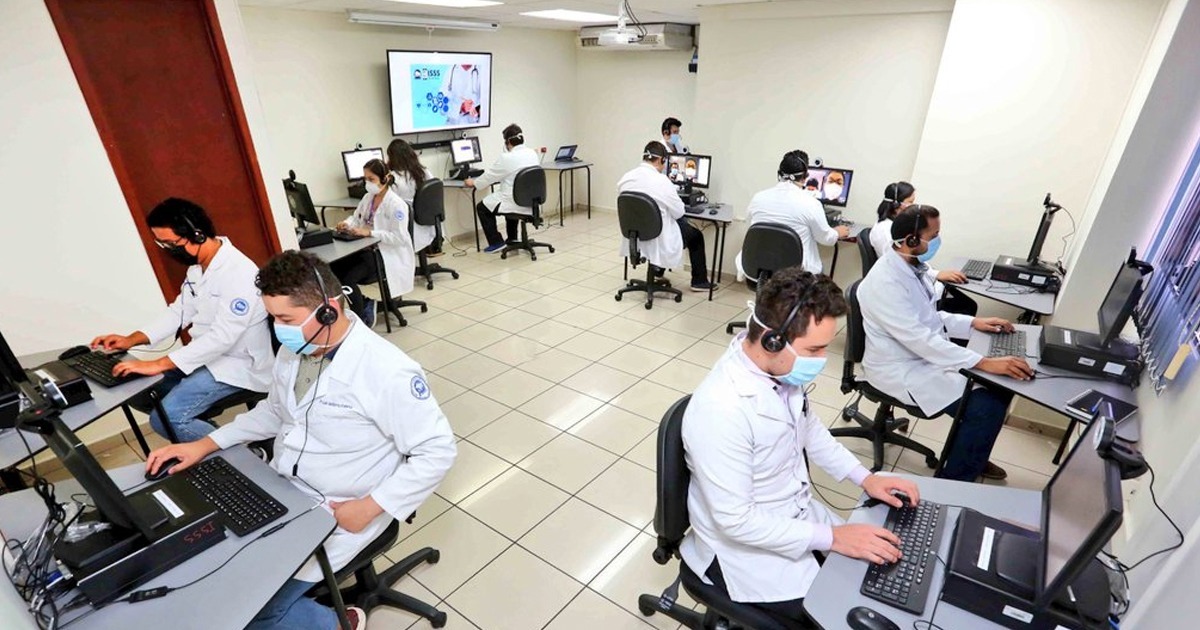UNAM Research Group presents advances in computational method that analyzes drugs and their compounds.
Dr. José Luis Medina Franco and his computer-aided drug design research group from UNAM's Faculty of Chemistry have begun research on the potential of new drugs. Researchers have generated computational theoretical models and hypotheses about future drugs against diseases such as cancer.

Thanks to computational technology, the time of this type of research can be reduced by five to ten years. Computational techniques used in the pharmaceutical industry and in research centers require a large economic and time investment. "Computing tools help analyze data, process information, and build models to make it faster," explains Dr. Medina Franco.
Drug design starts from information analysis and data mining, creating predictive models. And then perform biological tests. "It predicts which may have biological activity and the selected compounds (two, five, 10) are sent to the biological assessment group."
In this way, instead of using traditional methods where it was required to randomly test which compound had an impact on a biological compound, computational methods determine which molecules may have biological activity in certain parasites or bacteria.
"Computational tools are used to organize information into databases, map, chemically characterize and describe compounds, as well as prediction models about their potential biological activity," Medina Franco said of their models, which have been used in conjunction with UNAM's National Institute of Cancerology to measure clinical uses of cancer drugs.
In addition, they are preparing a database on Mexican natural products called BioFACQUIM that contains data on plants, fungi and endemic propolis.
